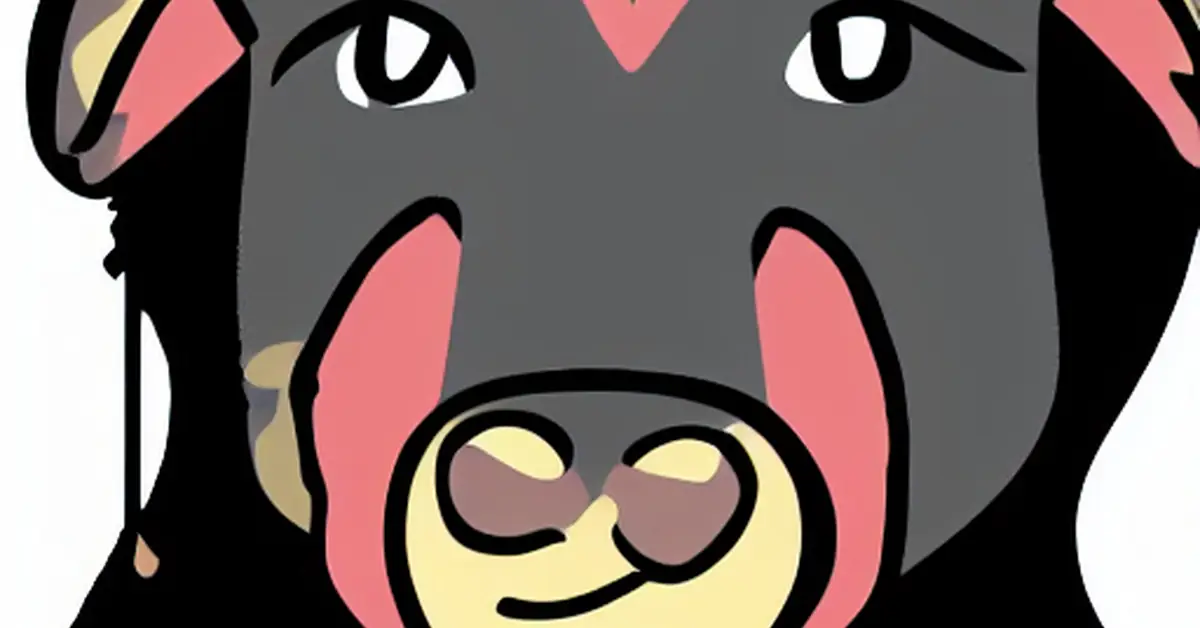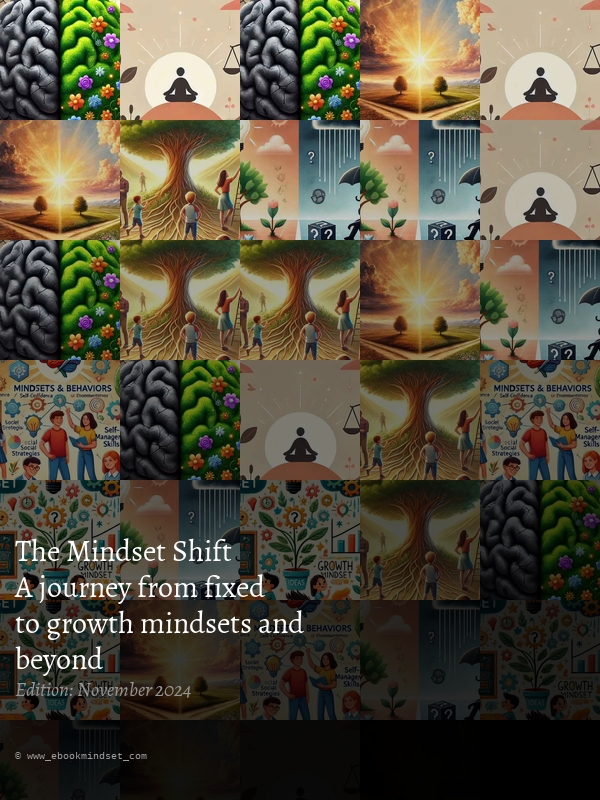Understanding the Clipart Mindset: A Comprehensive Guide
In today's digital age, the "clipart mindset" has emerged as a fascinating intersection of creativity, psychology, and visual communication. This article delves into the nuances of the clipart mindset and its implications in education, marketing, and personal development. We will examine how clipart serves not just as decoration, but as a powerful tool for conveying ideas and fostering a growth-oriented perspective.
What is Clipart Mindset?
The clipart mindset refers to utilizing clipart—simple images or graphics—to enhance understanding and promote positive thinking. It encourages seeing beyond mere aesthetics and recognizing clipart's potential to communicate complex ideas simply and effectively. It's about leveraging the inherent power of visual communication to connect with an audience on a deeper, more intuitive level. The clipart mindset isn't about using just any image; it's about selecting images that resonate with the intended message, thereby strengthening its impact.
The Role of Clipart in Communication
Clipart plays a crucial role in visual communication by:
- Simplifying Complex Ideas: Illustrations break down intricate concepts into digestible visuals. A complex scientific process, for example, can be made much easier to understand with a well-chosen series of clipart images illustrating each step. This simplifies the cognitive load on the viewer, allowing for better comprehension and retention.
- Enhancing Engagement: Visual elements capture attention more effectively than text alone. In a world saturated with information, visually appealing content, incorporating clipart, stands out, increasing the likelihood that your message will be seen and remembered. This is particularly true in digital environments where users often scan content quickly.
- Facilitating Memory Retention: Images are easier to remember than words, making clipart an effective mnemonic device. Pairing a key concept with a relevant image creates a stronger memory trace. This principle is utilized effectively in educational materials, presentations, and marketing campaigns to improve the long-term impact of the information being conveyed.
- Improving Accessibility: For individuals who struggle with reading or processing textual information, clipart can act as a powerful visual aid, providing a more accessible means of understanding and engaging with the content.
- Adding Emotional Depth: Carefully selected clipart can evoke specific emotions and feelings, strengthening the connection between the message and the audience. This emotional resonance can significantly increase the impact and memorability of the communication.
The Psychology Behind Clipart Mindset
Understanding the psychological aspects involves exploring how visuals influence thought processes and emotional responses. The effectiveness of the clipart mindset rests on its ability to tap into our innate cognitive and emotional biases towards visual information.
Growth Mindset vs. Fixed Mindset
A key framework is the distinction between growth and fixed mindsets, popularized by Carol Dweck. This framework provides a crucial lens through which to understand the potential of clipart in promoting positive thinking and personal development.
- Growth Mindset: The belief that abilities and intelligence can be developed through dedication and hard work. Individuals with a growth mindset embrace challenges, learn from mistakes, and persist in the face of setbacks. They see obstacles as opportunities for growth and improvement.
- Fixed Mindset: The belief that abilities are static and unchangeable. Individuals with a fixed mindset tend to avoid challenges, give up easily, and see effort as fruitless. They view setbacks as evidence of their limitations and often shy away from new learning experiences.
Using clipart embodying growth mindset themes (progress, learning, resilience, effort, perseverance, challenge, adaptability) can inspire a more positive outlook on challenges. Visualizing success through clipart can help reinforce positive self-belief and motivate continued effort. Conversely, using clipart that depicts negative emotions or stagnation can unintentionally reinforce a fixed mindset. The conscious selection of clipart, therefore, becomes a critical element in shaping the desired mindset.
Applications of Clipart Mindset
The applications of the clipart mindset are vast, spanning various fields and contexts. The ability to communicate complex information through simple, visually appealing images has far-reaching implications.
1. Education
In education, clipart creates engaging materials that promote active learning. By making learning more visually appealing and accessible, educators can significantly improve student engagement and comprehension. Teachers can use illustrations to:
- Visualize Concepts: Diagrams and infographics make abstract ideas more concrete. Complex scientific concepts, historical events, or mathematical formulas can be visualized using clipart, making them more relatable and easier to understand for students.
- Encourage Participation: Interactive presentations featuring clipart stimulate student involvement. Visual aids can be used to encourage discussion, problem-solving, and creative thinking. This interactive approach makes learning more dynamic and enjoyable.
- Cater to Diverse Learning Styles: Clipart caters to visual learners, making information more accessible and engaging for a wider range of students. This inclusive approach supports differentiated instruction and accommodates diverse learning preferences.
- Create Memorable Learning Experiences: The use of clipart can create stronger memory traces, improving the retention of information over time. This is particularly important for complex concepts or large volumes of information.
2. Marketing
In marketing, visuals are pivotal in brand identity and consumer engagement. A clipart mindset helps marketers create more effective and memorable campaigns. A well-chosen clipart image can significantly enhance the impact of a marketing message.
- Convey Brand Values: Consistent imagery reinforces brand messaging. Using a consistent style of clipart across all marketing materials can strengthen brand recognition and create a cohesive brand identity.
- Enhance Social Media Presence: Eye-catching graphics attract attention on platforms like Instagram and Facebook. The use of visually appealing clipart in social media posts increases engagement and reach.
- Improve Website Design: Clipart can be effectively integrated into website design, adding visual interest and enhancing user experience. It can help break up text and make information more accessible.
- Create Engaging Email Campaigns: Including relevant clipart in email marketing can increase open rates and click-through rates. It makes emails more visually appealing and memorable.
3. Personal Development
Individuals can leverage clipart to visualize goals and aspirations. Creating vision boards or motivational posters with inspiring images helps to:
- Clarify Objectives: Visual representations articulate what one wants to achieve. Using clipart to depict goals makes them more tangible and achievable.
- Boost Motivation: Positive imagery serves as daily reminders of one's goals. Seeing positive visuals daily reinforces commitment and motivation.
- Reduce Stress and Anxiety: Using calming and positive clipart can help reduce stress and anxiety. Visual reminders of positive experiences and goals can provide comfort and motivation during challenging times.
- Improve Self-Reflection: Clipart can serve as prompts for self-reflection, helping individuals explore their thoughts, feelings, and aspirations. It can be a useful tool in journaling or personal development exercises.
Creating Effective Clipart
To harness the power of clipart effectively, consider these key strategies:
- Choose Relevant Imagery: Select images that resonate with your message (e.g., growth, learning, transformation for a growth mindset). The clipart should accurately represent and reinforce the message being conveyed. Avoid using images that are ambiguous or unrelated.
- Maintain Consistency: Use a consistent style (color palette, illustration style) for a cohesive look. Maintaining a consistent visual style across all materials strengthens brand identity and improves overall aesthetic appeal.
- Incorporate Text Wisely: Accompanying text should complement, not overwhelm, the image. Use concise phrases or keywords. The text should serve to clarify and reinforce the message communicated by the clipart, not detract from it.
- Consider Accessibility: Ensure that the clipart is accessible to individuals with disabilities. This includes using appropriate alt text for screen readers and ensuring sufficient color contrast.
- High-Quality Images: Use high-resolution images to ensure clarity and professional presentation. Low-quality images can detract from the overall impact of your message.
Resources for Clipart
Several online platforms offer high-quality clipart:
- iStock: Offers a wide range of illustrations related to growth mindset concepts and other relevant themes. It offers a large selection of high-quality images, but many require a paid subscription.
- Vecteezy: Provides free and paid vector graphics and icons focusing on different mindsets and themes. It's a valuable resource for finding free clipart that is both high-quality and relevant.
- Freepik: A resource for a variety of design assets, including many positive mindset illustrations. It offers both free and paid options.
- Dreamstime: Features numerous mindset-related vectors and illustrations, catering to a range of styles and needs. It offers a wide selection, but the pricing model might vary.
- Canva: A user-friendly design platform with a large library of free and paid clipart, making it easy to create visually appealing materials.
- Openclipart: A repository of openly licensed clipart, ideal for projects where copyright-free materials are required.
Conclusion
The clipart mindset transcends mere decoration; it's a powerful approach to visual communication fostering understanding, engagement, and personal growth. By integrating effective clipart into educational materials, marketing strategies, and personal development efforts, individuals can enhance their ability to convey messages and inspire action. Embracing this mindset unlocks the potential of simple images to transform our thinking and impact our lives positively. The conscious and strategic use of clipart is not simply a stylistic choice; it's a powerful tool that can significantly improve communication, engagement, and overall impact.




